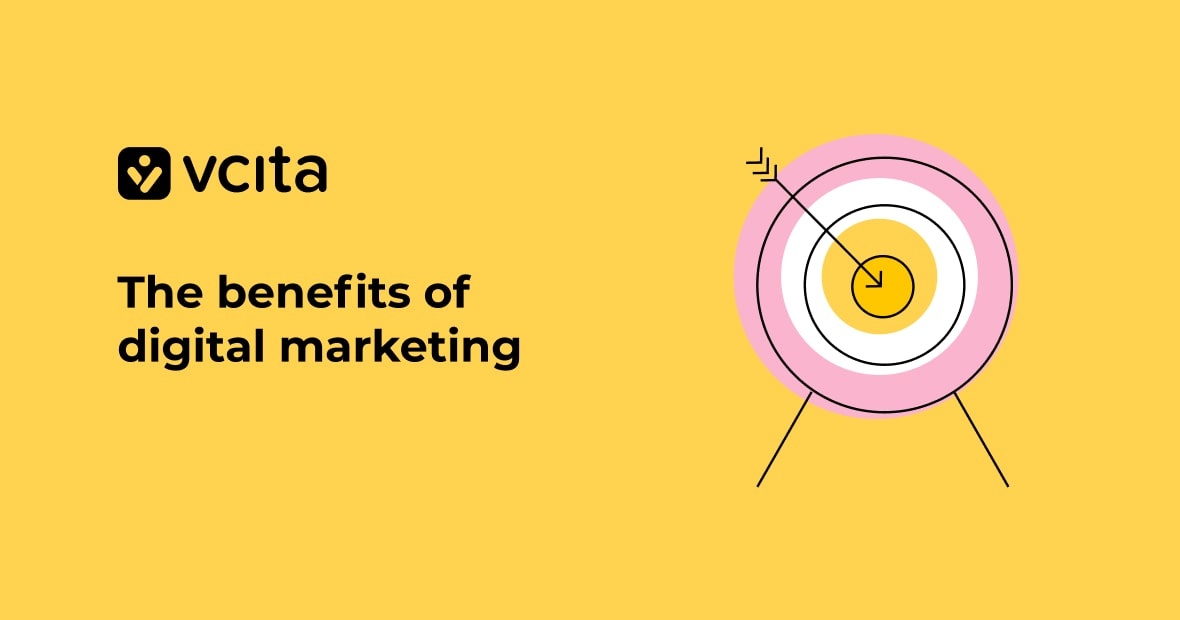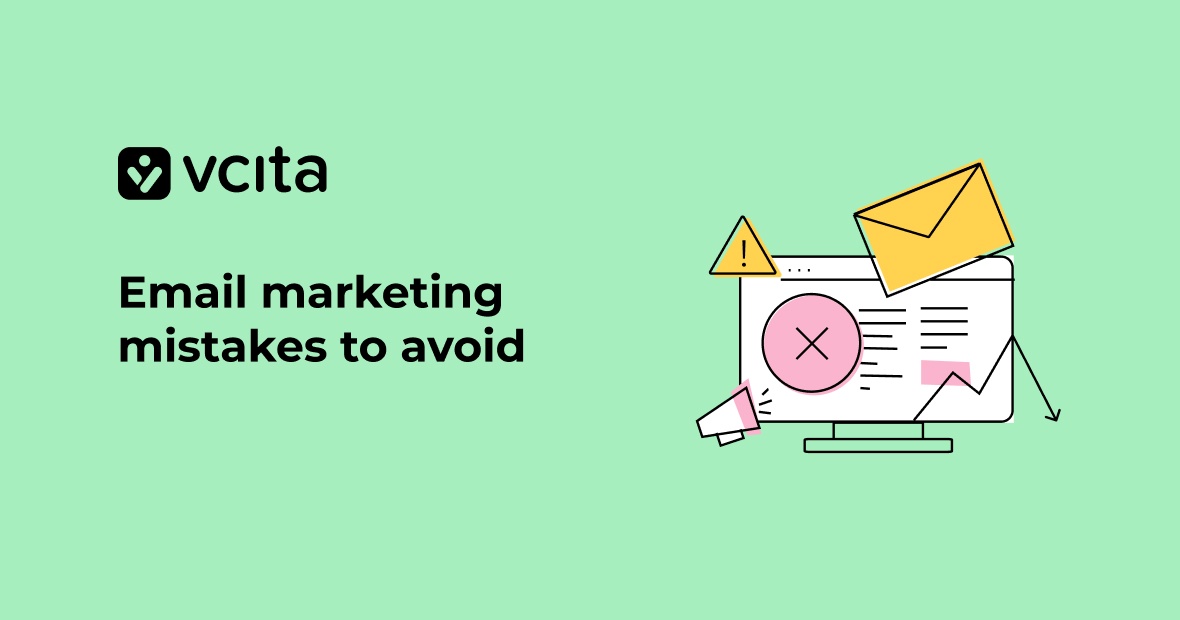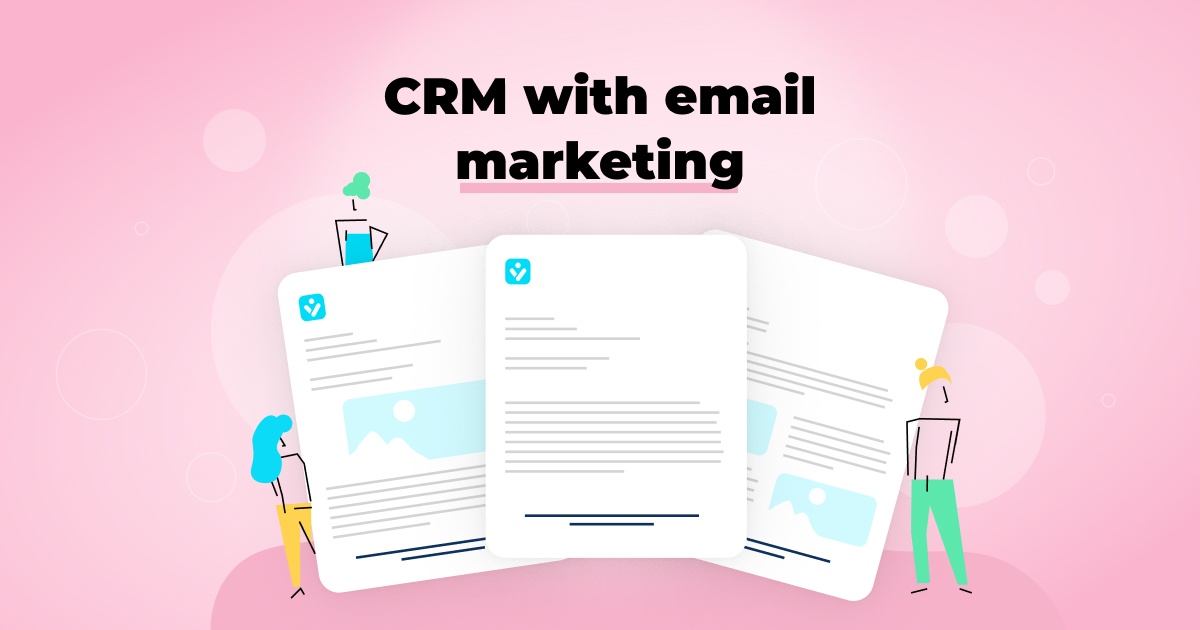Email drip campaigns are a powerful marketing strategy to engage and convert leads, offering tailored content over time to maximize engagement, nurture leads, and increase brand awareness.
- Email drip campaigns involve sending targeted emails over a specific period, triggered by actions or at intervals.
- They improve engagement and conversion rates by delivering relevant content.
- Drip campaigns include various types like top-of-mind, educational, re-engagement, competitive, and training drips.
- Best practices include personalization, consistent communication, content experimentation, segmentation, quality writing, and continuous testing.
- Key times to use drip campaigns are for welcome, onboarding, re-engagement, abandoned cart, and confirmation emails.
- Consider campaign purpose, audience, schedule, personalization, and audience connection for success.
Email drip campaigns can boost your marketing efforts and enhance customer engagement, making them a valuable tool for businesses.
What are email drip campaigns?
Email drip campaigns are a marketing strategy in which businesses send out multiple targeted emails over a certain period. The emails can be sent in response to a specific trigger (an action or inaction) or at specific intervals.
Drip marketing helps businesses automate the sales cycle and expose clients to small streams of content at just the right time to move them further down the sales funnel.
A good example of a drip email would be an automated message that a client receives once they subscribe to your mailing list.
What are the benefits of email drip campaigns?
1. Offer better engagement
The biggest reason email drip campaigns are more efficient and engaging than your regular email campaign is their relevance. Usually, drip emails kick in when a user performs an action. Because of this, there is a better probability that they’ll interact with your message.
Since you’re sending relevant emails to clients or leads who are already interested, it means that you will have faster conversion rates with less effort.
2. Provide value to your readers
When you’re providing your audience with relevant content, you’re also keeping them engaged by offering them more value.
Motivating your clients to proceed to the next step in your sales cycle or to interact with your CTA is easier with content that’s specially tailored for them. In turn, you get the best ROI and your leads receive more worth through being exposed to relevant information.
3. Nurture leads
Making a purchase is a big decision. Sometimes, your potential clients might need to learn more about your business, products, or services before they make the final step.
An email drip campaign is just a nudge in the right direction.
With the help of several automated emails, you can boost conversions and nurture your leads by demonstrating the qualities of your offering.
4. Increase brand awareness
The success of your brand is in direct correlation with the strength of your client relationships. When your client receives periodic tailored emails, it keeps your brand fresh in their mind.
Drip emails will also increase their trust. Clients are more likely to remember your brand if they’re receiving constant value from your marketing campaigns. This will help when they are ready to make a purchase or refer your business to others, since you will be at the top of their minds.
Types of email drip campaigns
There are different kinds of drip campaigns and they all serve a different purpose. Here are some you should know about:
- Top-of-mind drips are perfect if you want to engage leads and clients throughout the entirety of the sales process.
- Educational drips help you nurture your relationship with a prospect by offering pertinent information that prepares them to make a purchase.
- Re-engagement drips allow you to reestablish positive rapport with cold leads and reintroduce them to the sales cycle.
- Competitive drips help you target the clients or leads of your competitors and convert them into your prospects.
- Training drips let you focus on providing relevant know-how to your new clients with tips and how-to information.
Email drip campaigns best practices
You might be under the impression that almost everything will work with drip campaigns – but there are a few guidelines you need to follow to get the most out of your efforts:
1. Personalize your campaign
You can’t expect good results if you want to cover everything in a single campaign. Adjust your campaigns so each one targets a segment of your contact list. This ensures that your emails are as personal as can be.
In addition, using your client’s name in the email and subject line are a great way to personalize your interaction with them, making them more likely to open and engage with your CTA.
2. Ensure consistent communication
If you want to build trust with your prospects, you need to keep your emails frequent. You and your clients should both be in it for the long haul, so send out emails at regular intervals.
This doesn’t mean you should go overboard with your marketing efforts. You need to maintain contact with your readers while also leaving them wanting more. Bombarding them with emails won’t give your audience a breather and you’re more likely to come off as being too pushy, possibly even losing a prospect in the process.
Find a way to strike a perfect balance between consistency and pushiness, and your drip campaign will be golden.
Extra tip: Since email drip campaigns should have a flow and emails should tie together smoothly, we recommend writing them all in one sitting. This will ensure that the tone of your emails is consistent.
3. Experiment with content
The type of content that works for one type of business might not work for yours. This is why you should shake things up and experiment until you find what works best for you.
You can try making changes to your email’s subject lines or spice up your CTAs. This will help you discover which type of content is most effective for different email recipients.
4. Segment your contact list
Your contact list is not a monolith so you shouldn’t treat it as such. Segment it into categories based on the interests of your contacts or even their location. Then, send emails tailored to different lists. A divided list will make it easier to create more personalized content for your leads and clients.
5. Follow the best email writing tips
To improve the quality of your writing, you should stick to these:
- Use short paragraphs
- Write valuable content
- Keep it short
- Add a personal touch
- Avoid large file sizes and marketing lingo
- Make your CTAs more interesting
- Create urgency with deadlines/exclusive offers
- End your emails with a P.S.
6. Test your drip campaign
You should periodically review and assess how your drip campaigns are performing, then fine-tune them until they yield more conversions or engagements. For instance, review things like bounces and click-throughs and do a bit of tweaking.
What helps with this process is using software like vcita. CRM software such as this is perfect for email marketing because of its in-depth reporting features.
You can quickly gain insight into how your drip campaign is performing by following metrics such as the number of views, clicks, and number of times the CTA was completed. This makes it easy to make adjustments and view the results of those changes.
When should you send an email drip campaign?
In general, the goal is to guide your audience to take action. With that in mind, here are some common uses for drip campaigns:
Welcome emails
The first email sets the tone for the rest of the relationship. This is your opportunity to introduce your product or service and present your brand voice for the very first time.
You can include the following elements to get the most out of your welcome email:
- Invite the user to follow you on social media
- Provide them with subscription preferences such as the amount of information they are willing to receive
- Ask for additional information (e.g. their date of birth)
- Ask how they want to be helped
Onboarding emails
This one is important for service providers who offer a trial or a basic free plan. With a drip campaign, you can get those free users to upgrade if you:
- Demonstrate the best ways to use your offering with how-to articles and tutorial videos
- Use social proof to your advantage by showing them how other users are benefitting from your product or service
- Provide educational content
- Use just one CTA to increase the chance of your audience taking action
Re-engagement emails
While growing the base of your subscribers is important, what matters is how many of those subscribers are engaging with your emails. This is how you can try to re-engage the inactive members and ones that are about to unsubscribe:
- Explain what they are missing out on
- Send them links to your social media channels if they prefer a different method of receiving updates
- Allow them to choose how often they receive updates
- Provide them with a method of resubscribing
Abandoned shopping cart emails
Every business has its fair share of clients who showed hesitation while making a purchase. This is what you should include in your email if you want your clients to revisit their purchase:
- Use persuasive language and an engaging subject line
- Include the abandoned product
- Offer a time-limited discount
- Provide them with a way of contacting customer support
Confirmation emails
When the sale is done, you should always set up a thank you note as a way to keep the clients engaged.
You can include things such as:
- A coupon for further purchases
- Request to review your product
What to consider before starting out?
You might be compelled to dive right into your first email drip campaign – but first, consider these things:
The purpose of your campaign
The most important thing is having a clear purpose. Without it, you won’t have an understanding of what you want to achieve.
For instance, you might want to grow your subscriber count, spend less money on ads, generate more sales or increase conversion rates.
Your audience
Every audience has different problems and needs. It’s on you to discover what clicks with them so you can adjust things accordingly and make your email drip campaign a success.
Your campaign’s schedule
The perfect schedule doesn’t exist and it’s different for every business. The only way to figure out what works for you is through experimentation – testing different approaches and recording the results.
How to personalize
We previously mentioned segmentation as a way to personalize content more easily. The question here is how will you segment your email list?
You can try these categories:
- Subscribers who signed up for free trials
- Blog subscribers
- Subscribers on a waiting list
- Subscribers who are course enrollees
- Users who accessed gated content
Connect with your audience the right way
Email drip campaigns are one of the best ways to provide your audience with information they need when they need it. As a result, your brand will always be at the tops of their minds and you won’t need to put that much effort into it if you do it properly.
However, even if you follow these tips to a T, you’ll still need to experiment heavily to find the strategy that works best for your business.
Luckily, with the tools available right now that provide you with insights into how your drip campaign is performing, you’ll have no trouble fine-tuning it until it’s perfect.





